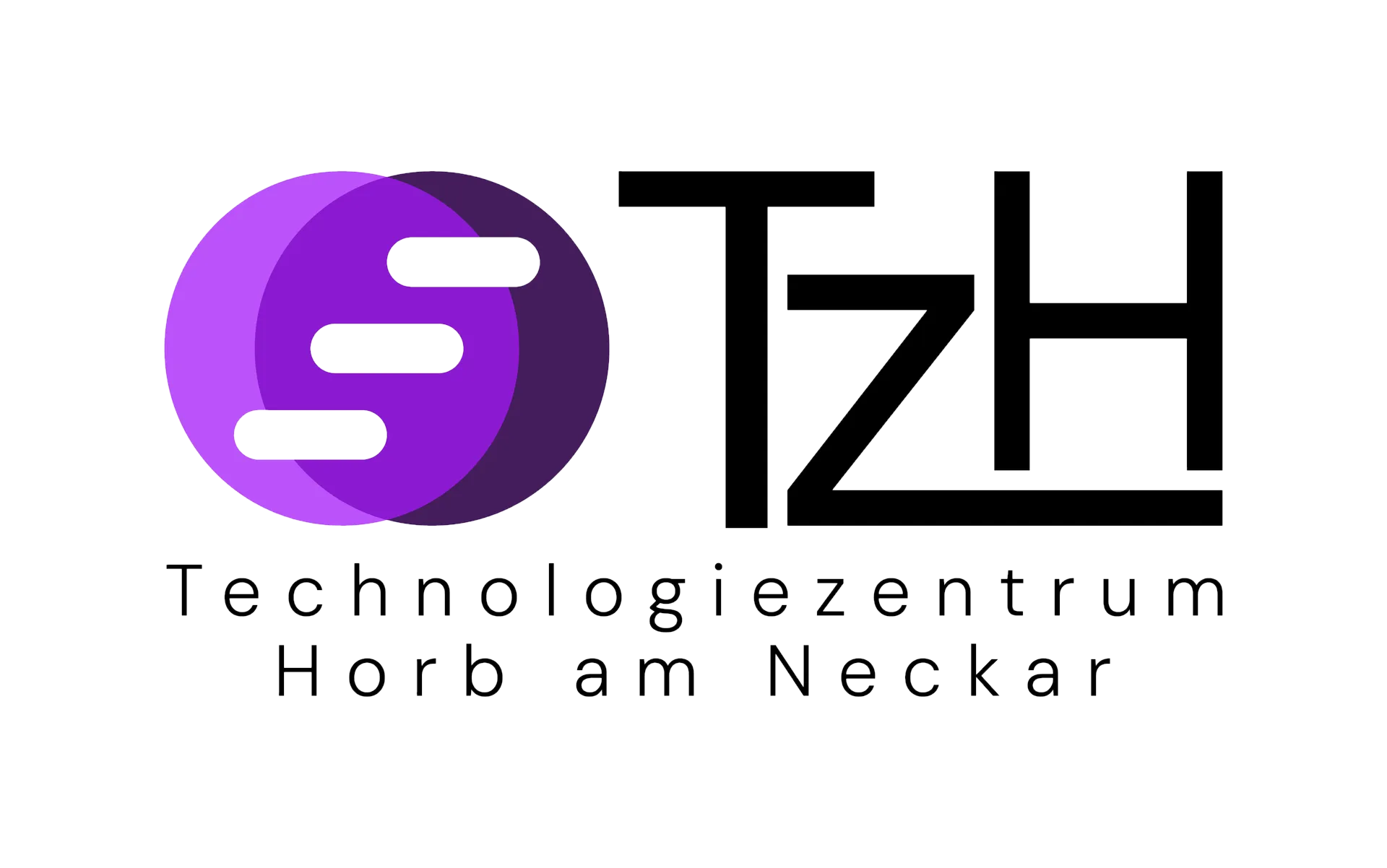
Life Cycle Assessment
The Life Cycle Assessment is a method used to measure the environmental impact of a product, service or process.

What is a Life Cycle Assessment?
It is a method used to measure the environmental impact of a product, service or process, applicable from the very beginning of the process (raw materials) to the end (disposal or recycling). This approach helps companies understand how their products actually affect the environment at each state of process. Its goal is to identify where the biggest environmental impacts occur and how they can be improved.
The Purpose of the Tool
The LCA tool supports better decision-taking by showing the real environmental cost of a product or process in each step. It ultimately helps the companies to:
Evaluate environmental impacts such as emissions, waste and energy use.
Improve products and processes based on facts.
Compare alternatives for different materials or packaging options.
Avoid greenwashing by using real data to back sustainability claims.
Communicate transparently with stakeholders.
Gain certifications and comply with environmental regulations.
Strengthen their market position through more sustainable performance.
Key Elements of an LCA
LCA consists of four main phases:
Goal and Scope: What will be analyzed and why? What system boundaries and detail levels are relevant?
Inventory Analysis: Gathering data on inputs like materials and energy and outputs like emissions and waste throughout the whole product’s life cycle.
Impact Assessment: Translating data into environmental impact categories such as carbon footprint, toxicity, or resource depletion.
Interpretation: Drawing conclusions, identifying the key findings, and making the decisions based on those results.
Life Cycle Assessment - Quick guide

